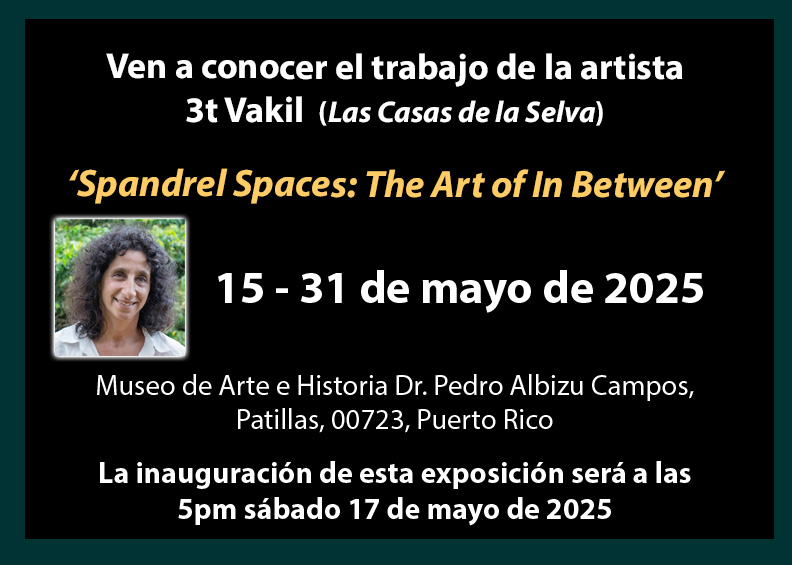
Blog

3T Vakil
Artist Rooted In The Rainforest
Related Posts

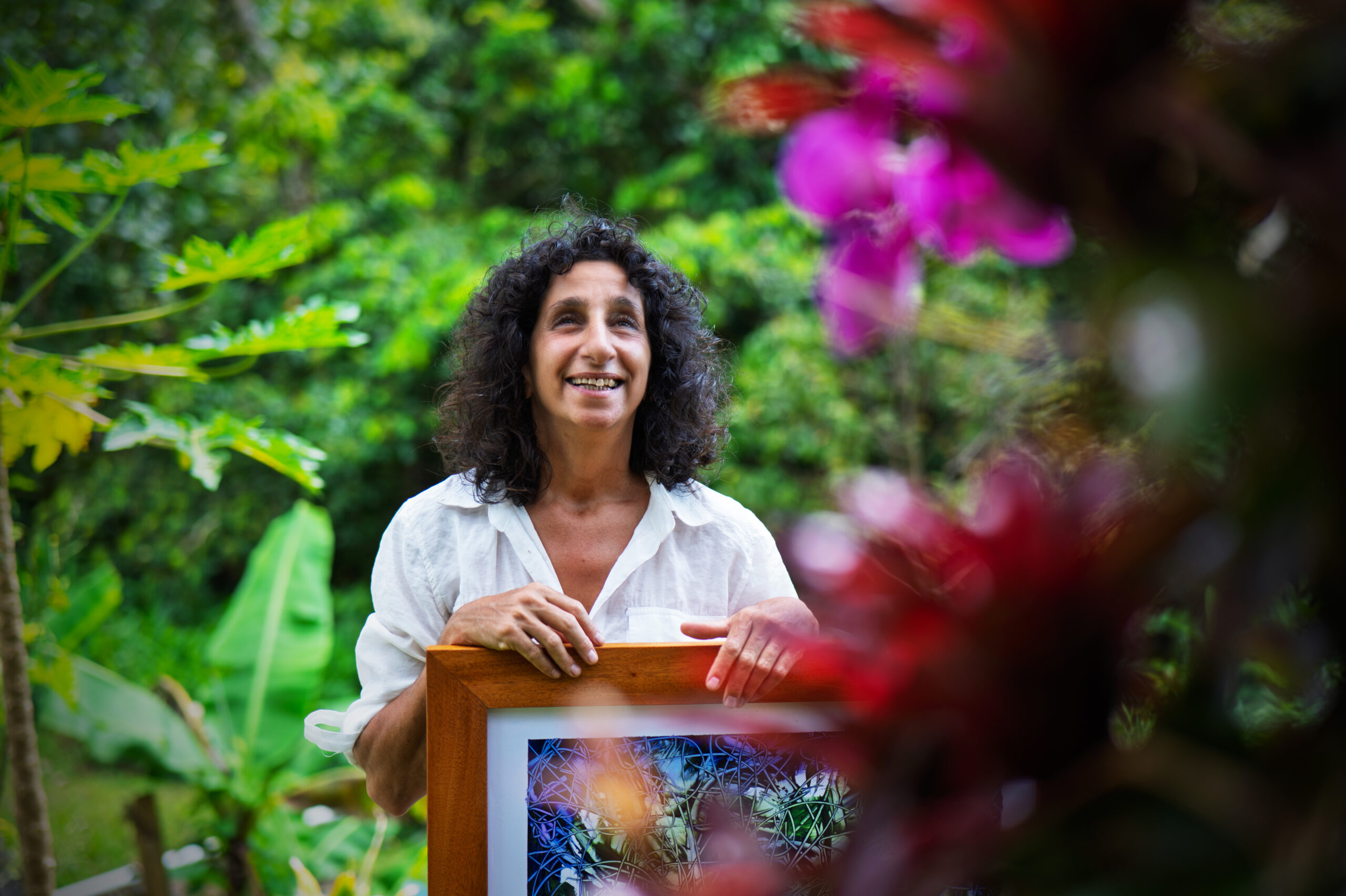

My Crazy Life
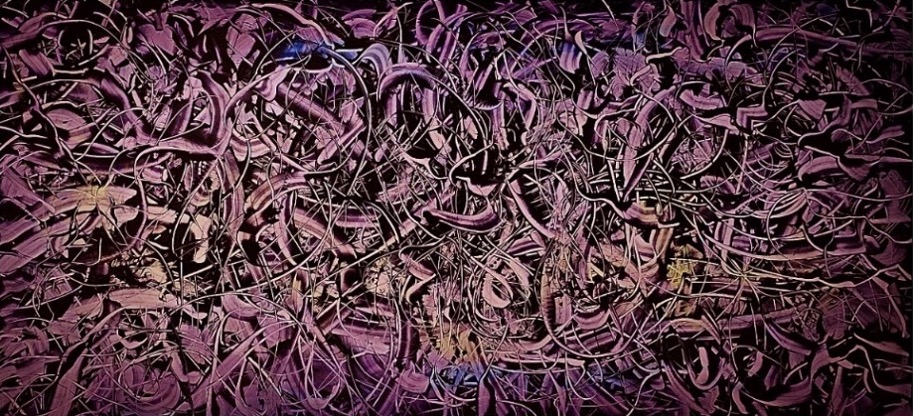
Artist’s Statement: “Spandrel Spaces: The Art of In-Between”
Thorns and Trails: A Woman’s Journey of Resilience and Revelation

As a child, I was cradled in the emerald embrace of my aunt’s garden in Nairobi, Kenya. The ‘shamba’ was a playground of foliage, dazzling me with many plants in all sizes of recycled containers, pots, barrels, and cans. The air was a perfumed melody of floral scents, underscored by the sound of hidden insects and their rhythmic chirps, barking dogs, and a bleating goat. When I wasn’t racing through the gardens, playing with the dogs, or on games with my siblings, I stood still in front of giant, multicolored anthuriums, trying to understand what I was looking at, touching very gently what looked like weird crayons stuck in the plastic petal.
I poked my nose into a myriad of rose hybrids, inhaled the various perfumes, and counted petals on giant dahlias that looked like fireworks had just exploded. It’s like Mother Nature had a party and invited all the colors to join. It was there, in that wild setting, that my fascination with plants, (and animals) was sown.

The extent of the homestead was never quite known, I never found a fence, there just seemed to be an invisible boundary that kept me safe. Safe from the interference of outsiders, strangers, and the chaotic world beyond. It was a cocoon of innocence, where every day was an adventure, every corner held a new discovery. As the years passed and the world outside beckoned, that once invincible boundary began to feel fragile. The simple act of venturing beyond, into the unknown, became a journey fraught with caution and uncertainty. The lessons of the garden, of observing and cherishing every delicate detail, stayed with me, and so did the realization that not every space would be as welcoming, or as protective. The world was vast, just like that endless garden, but not all of it would cradle me in the same warm, emerald embrace. And while the colors of that garden remain etched in my memory, they also serve as a poignant reminder of a time when boundaries were comforting, not confining; when the world was a place of wonder, not wariness.
Years later, I find myself standing on the precipice of a world far removed from my aunt’s serene oasis in East Africa — I am on a botanical survey in the El Yunque rainforest in Puerto Rico. Located in Puerto Rico’s Northeast Region, El Yunque National Forest is the only tropical rainforest in the US national forest system, and I am looking for specific endangered endemic trees. The rainforest unravels before me like a sprawling labyrinth, pulsating with a symphony of calls from unseen birds and insects. It beckons to me, promising to unravel its enigmatic heart to my keen eyes.
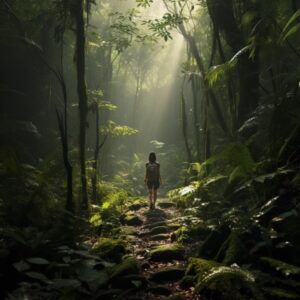
That day, as I finish up a seed collecting mission and stand admiring the rainforest from a spot on the trail, a male colleague throws a jesting remark my way. “3t, you’re just like all the visiting botanists who never go off the trails” he laughs, and I respond with a feigned laugh, even as his words stir a whirlpool of doubt within me. His brash confidence is a stark reminder of an invisible chasm between us; one shaped not by our intellectual prowess, but by the vastly differing realities of our existences.
That night, I contemplate that innocent remark from a man. I am back in the solitude of my wooden cabin, nestled deep within the vicinity of the Carite rainforest, located in the Sierra de Cayey mountain range in southeastern Puerto Rico. This cabin is situated on a 1000-acre research project within the Carite rainforest area, a sanctuary where I’ve felt safe for 23 years; much like the comfort I found in my childhood garden, I can go anywhere within it. The familiar shadows of the night outside bring me a deep sense of comfort and belonging. I am not afraid of solitude in this familiar landscape, nor do I feel anxious about my safety.
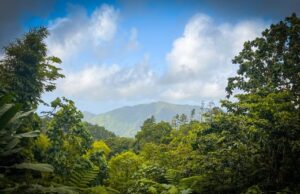
I am as capable and as thirsty for the island’s botanical wonders and secrets as my male counterparts, but in unfamiliar terrain, I am inhibited by an intruding dread; a threat that lurks at the edge of my consciousness. One might think it’s the fear of the unknown, a common human response towards the unseen dangers that could lurk within the forest’s leafy maze. BUT IT IS NOT. It is the fear of the known — the stark realities and chilling anecdotes that are the shared burden of women worldwide. I grapple with disturbing thoughts, and constantly think about safety, and cultivate a sense of security.
These are stories whispered in hushed tones, stark warnings echoed in solemn headlines; tales of women who dared to venture away from the safe confines of established trails, only to encounter a predator not of nature’s design, but of human making. Every rustle, every snap, serves as a potential reminder of this threat, a danger more palpable than any forest-dwelling creature. It’s an icy dread, a cold snake that coils around my spine – predators that walk on two legs – capable of morphing my scientific exploration into a waking nightmare, threatening potentially perilous encounters that could warp my journey of exploration into a harrowing saga.
This is what keeps me tethered to the trail, much to my chagrin. Fear of men. There, I named it. Even as I marvel at the rainforest’s breathtaking majesty, this chilling undercurrent of fear follows me around. The fear is not of the wilderness, despite its imposing vastness and cryptic whispers. No, the enemy is far more mundane, a horrific reality cloaked in human guise. Yet, this fear does not extinguish my zeal for plant-life and the delight of the wilderness, nor the joy derived from my discoveries.
Each elated discovery is shadowed by a haunting echo, a melancholic asterisk that underscores the deep chasm between me and my male colleagues. As they tread boldly, unfettered, and free, off any beaten path, I am constantly tethered by an unspoken weight, shared by all women, that most men will never really understand.
This realization is a bitter pill to swallow; my chains are not born of lacking ambition or capability, but of societal confines imposed upon my gender. It is a restriction that bears no connection to the natural world yet permeates it due to the failings of human nature.

This fear, a silent specter, compels many women, including myself, to seek refuge within the seemingly safe boundaries of familiar paths and known territories. Yet, the deep-rooted love I have for plants is my inspiration, transforming my moments of frustration and anxiety into a formidable determination. In the rainforest where I’ve found my home for over two decades, I move with the same unbridled freedom and curiosity that I once had as a child wandering in my aunt’s Kenyan garden.
In other regions of the island, my steps may be more cautious, hewing closer to the established trails and their deceptive allure of security, but this path, though constricted, brims with wondrous discoveries. Every plant I scrutinize, every species I catalog, is a quiet statement of resilience, reflecting my determination and acting as a beacon for all women who’ve faced similar fears.
This is my story of resistance, told through the language of plants. It’s a subtle revolt, a silent defiance expressed in the intricate language of the botanical world. With each passing day, my path may widen, inch by inch, as my courage swells, paving the way for those who will follow in my footsteps. My steps may occasionally falter, yet my eyes remain unwaveringly captivated by the rainforest’s ethereal allure, with my heart resolutely pounding anthems of defiance against the chains the cosmos dares to impose upon me.

